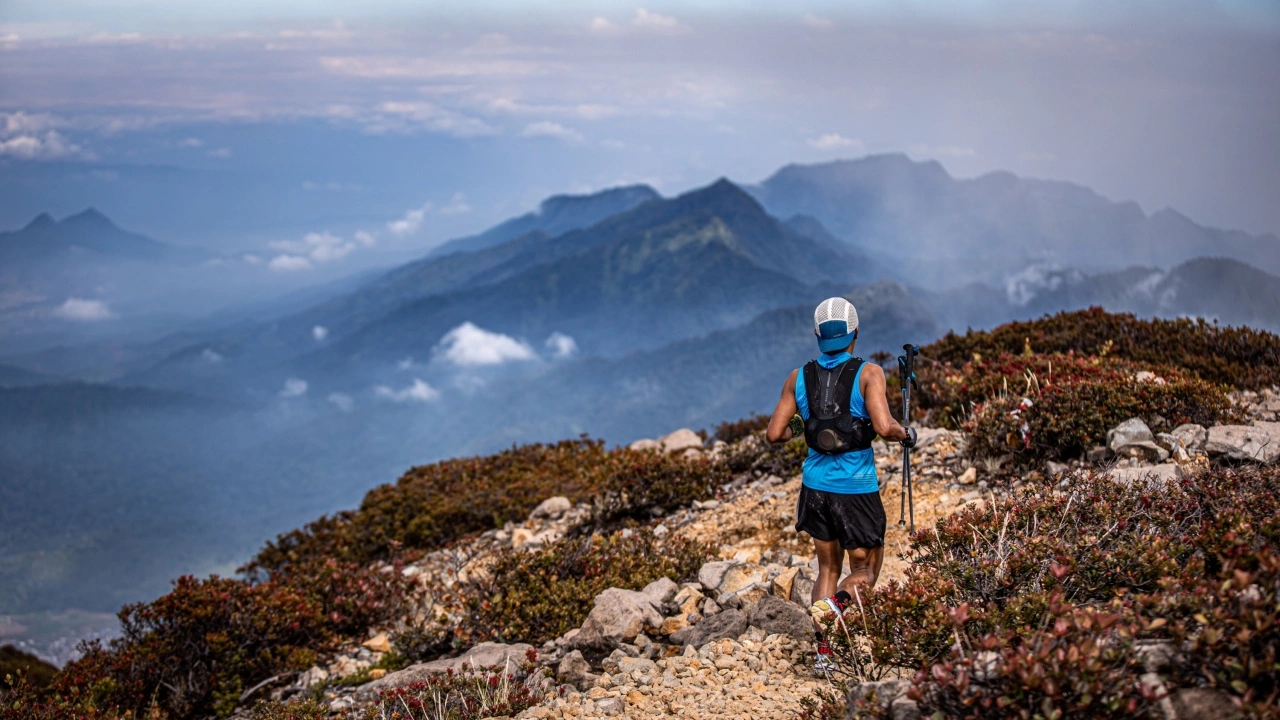Best Time to Take Januvia: Your Guide to Stable Blood Sugar and Fewer Side Effects
July 12 2025Mountain Sickness – What You Need to Know
If you love trekking, skiing, or just enjoying a high‑altitude view, mountain sickness can catch you off guard. It isn’t a mystery illness; it’s your body reacting to lower oxygen levels. Knowing the signs early and acting fast makes all the difference between a quick recovery and a dangerous situation.
How to Spot the Signs Early
The first red flag is a headache that won’t quit, even after you’ve had water and rest. Pair it with nausea, dizziness, or a feeling of heaviness in your chest, and you’re likely dealing with acute mountain sickness (AMS). Some people also notice trouble sleeping or swelling in their fingers and toes.
These symptoms usually appear within 6‑24 hours after gaining altitude quickly—think flying into a high‑altitude city or climbing more than 2,000 feet per day. If you notice them, stop moving up, sit down, and breathe slowly. Giving your body a chance to adjust can halt the progression.
Quick Ways to Feel Better
The fastest help is descending a few hundred meters if you can. Even a short walk back to lower ground often eases headache and breathlessness. If descent isn’t possible right away, hydrate with water or an electrolyte drink—dehydration makes symptoms worse.
Medications like acetazolamide (Diamox) are popular for both prevention and treatment. A typical dose is 125‑250 mg twice daily, started a day before the ascent. Dexamethasone can be used for more severe cases, but only under doctor guidance because of side effects.
Over‑the‑counter pain relievers such as ibuprofen can tame headaches, while anti‑nausea tablets help settle an upset stomach. Keep a small first‑aid kit with these items handy when you head up the trail.
Beyond meds, simple habits go a long way: climb slowly, give yourself at least one rest day for every 1,000 feet gained, and avoid alcohol or heavy meals before sleeping. Your body needs time to produce more red blood cells, so patience is key.
If symptoms worsen—like intense shortness of breath, confusion, or a persistent cough with frothy sputum—you might be dealing with high‑altitude pulmonary edema (HAPE) or cerebral edema (HACE). Those are emergencies. Call for help, descend immediately, and use oxygen if available.
Planning ahead saves headaches later. Check the altitude profile of your route, pack a portable pulse oximeter to monitor oxygen saturation, and consider a short test climb at a lower site to see how you react.
Remember, most people feel fine after a night or two at moderate height. Listen to your body, don’t push through severe pain, and treat early signs with rest, fluids, and the right meds. With these basics, you can enjoy the mountains safely and come back with great stories—not bad memories.
 21 Jul
21 Jul
Mountain Sickness Case Studies: Stories of Survival and Triumph
In my latest blog post, I delve into riveting case studies of mountain sickness - stories that highlight the human spirit's resilience and triumph over adversity. We'll explore various accounts of climbers who faced acute mountain sickness yet managed to survive against all odds. It's a powerful reminder of the unexpected challenges that mountaineering can throw at us, and how preparation, quick thinking, and indomitable willpower can make all the difference. These real-life survival stories are not just inspiring but also provide valuable lessons for those planning their own high-altitude adventures. Join me as I recount these tales of endurance, survival, and triumph against mountain sickness.
Read More...




